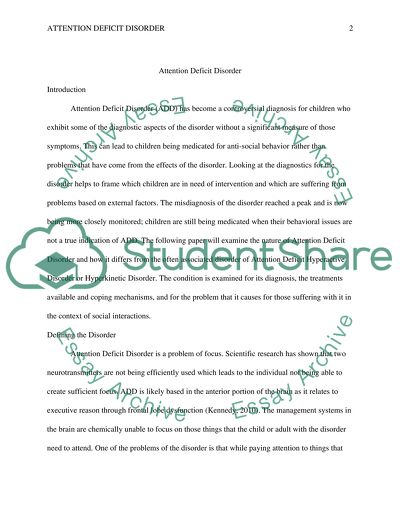Cite this document
(“Attention Deficit Disorder in children Research Paper”, n.d.)
Retrieved de https://studentshare.org/psychology/1484004-attention-deficit-disorder-in-children
Retrieved de https://studentshare.org/psychology/1484004-attention-deficit-disorder-in-children
(Attention Deficit Disorder in Children Research Paper)
https://studentshare.org/psychology/1484004-attention-deficit-disorder-in-children.
https://studentshare.org/psychology/1484004-attention-deficit-disorder-in-children.
“Attention Deficit Disorder in Children Research Paper”, n.d. https://studentshare.org/psychology/1484004-attention-deficit-disorder-in-children.


